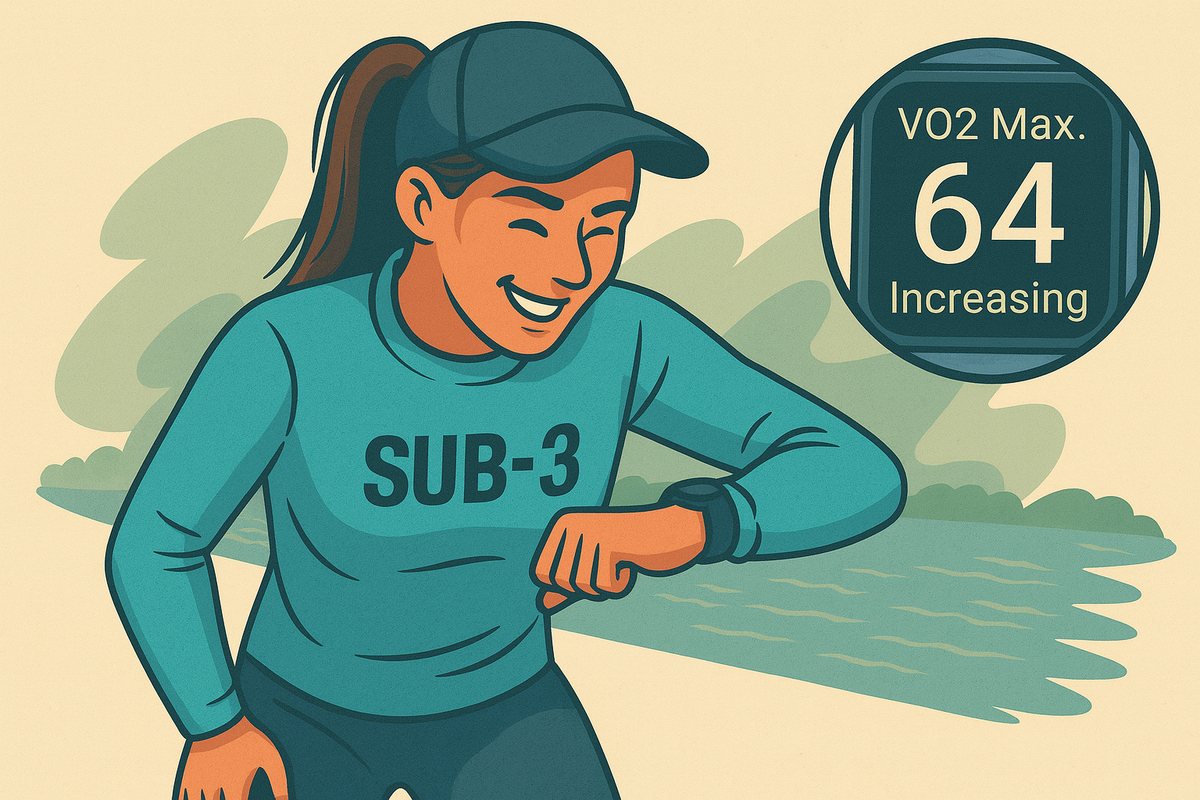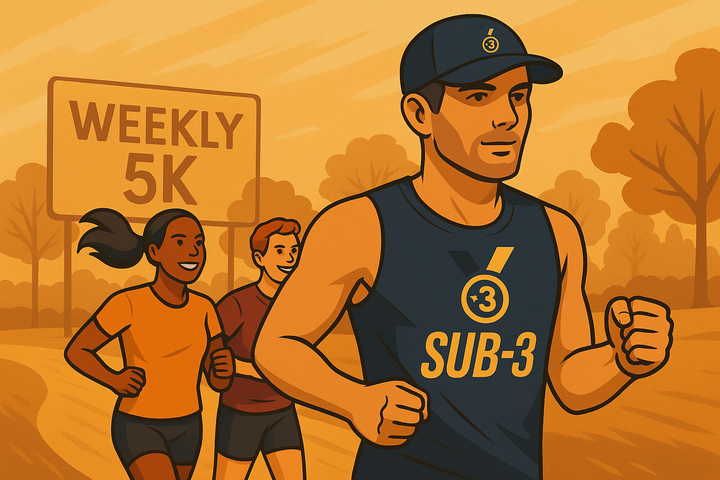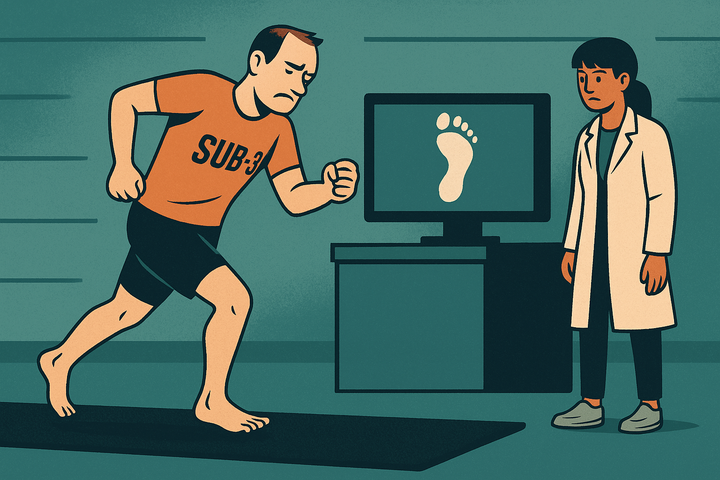Should sub-3 marathoners be concerned about VO2 max?
VO2 max might be the headline stat on your watch, but it’s just one piece of the sub-3 equation. It can be useful - but it doesn’t define your potential.

When I first got serious about chasing sub-3, I didn’t even know what VO2 max was. It only really came onto my radar thanks to Garmin. My watch gives me a VO2 max estimate after every run and treats it like a prized metric – an overall measure of fitness. It gives you a number and a little colour-coded bar: green for good, blue for better, purple for best. Simple, gamified, and, for someone like me, borderline addictive.
I’ve seen my VO2 max as high as 65 – usually during periods of intense interval training, plenty of hill sprints, and a clean diet. On those days, I’ll confess, I walk a bit taller. After a tough workout, the reward isn’t just the endorphins – it’s that gratifying little uptick on the watch. Pure dopamine.
But the reverse is also true. It’s hugely dispiriting when your VO2 max drops – especially when you’ve done nothing obviously wrong. In my experience, the biggest killers are heat, altitude, and weight gain. After a summer break in the Pyrenees, at around 1,800m, my VO2 max dropped dramatically even though I was running almost every day. Garmin had no idea I was high up a mountain. It just thought I was out of shape. Recovering from a marathon will often tank it too. You know your body is tired and rebuilding – but your watch doesn’t.
The key thing to remember is this: unless you’ve been into a lab and done a treadmill test with a mask on to measure your oxygen exchange, your VO2 max reading is only an approximation. Garmin uses heart rate and pace to give you an estimate, but it’s not the same as a clinical test.
So what does it actually mean? VO2 max is the maximum rate at which your body can use oxygen during intense exercise. In short, it’s a measure of your aerobic capacity – how well your heart, lungs, and muscles work together under stress. Higher VO2 max means your body can take in and use more oxygen – a crucial factor in endurance performance.
But it’s not everything. More importantly, VO2 max alone doesn’t define marathon performance. Take Lance Armstrong, for example – a former professional cyclist and seven-time Tour de France winner (titles later stripped due to doping violations). He famously had a VO2 max of 83, one of the highest ever recorded. Some predicted he’d be capable of a 2:08 marathon based on that alone. In the end, he ran 2:59:36 at the New York Marathon in 2006. Impressive, yes – but nowhere near world-class.
Being a successful sub-3 marathoner is a combination of many things – not least, hard training, consistent mileage, lactate threshold, muscular endurance, and mental resilience. VO2 max is just one piece of the puzzle. And unlike some other pieces, it’s harder to improve dramatically. It has a strong genetic component, and while you can raise it through training, especially with intervals and hill repeats, it plateaus fairly quickly for most.
That said, if you’re not yet at sub-3 and your VO2 max is in the 50s, you may still have room to grow. If it’s already in the 60s, it’s more about learning how to use what you’ve got – by improving efficiency, race-day strategy, and endurance at tempo pace.
So, should you care about your VO2 max? Yes – but only as part of a broader picture. Use it as a guide, not a gospel. And remember, the best way to improve it isn’t to obsess over the number. It’s to train hard, train smart, and be consistent. The rest will take care of itself.
Enjoyed this article? Help keep Sub-3 running — support us with a coffee.
To help fund the running of the site, Sub-3 is an Amazon Associate and earns from qualifying purchases. We only recommend gear or kit that has genuinely helped in our own running and that we believe is worth considering.



